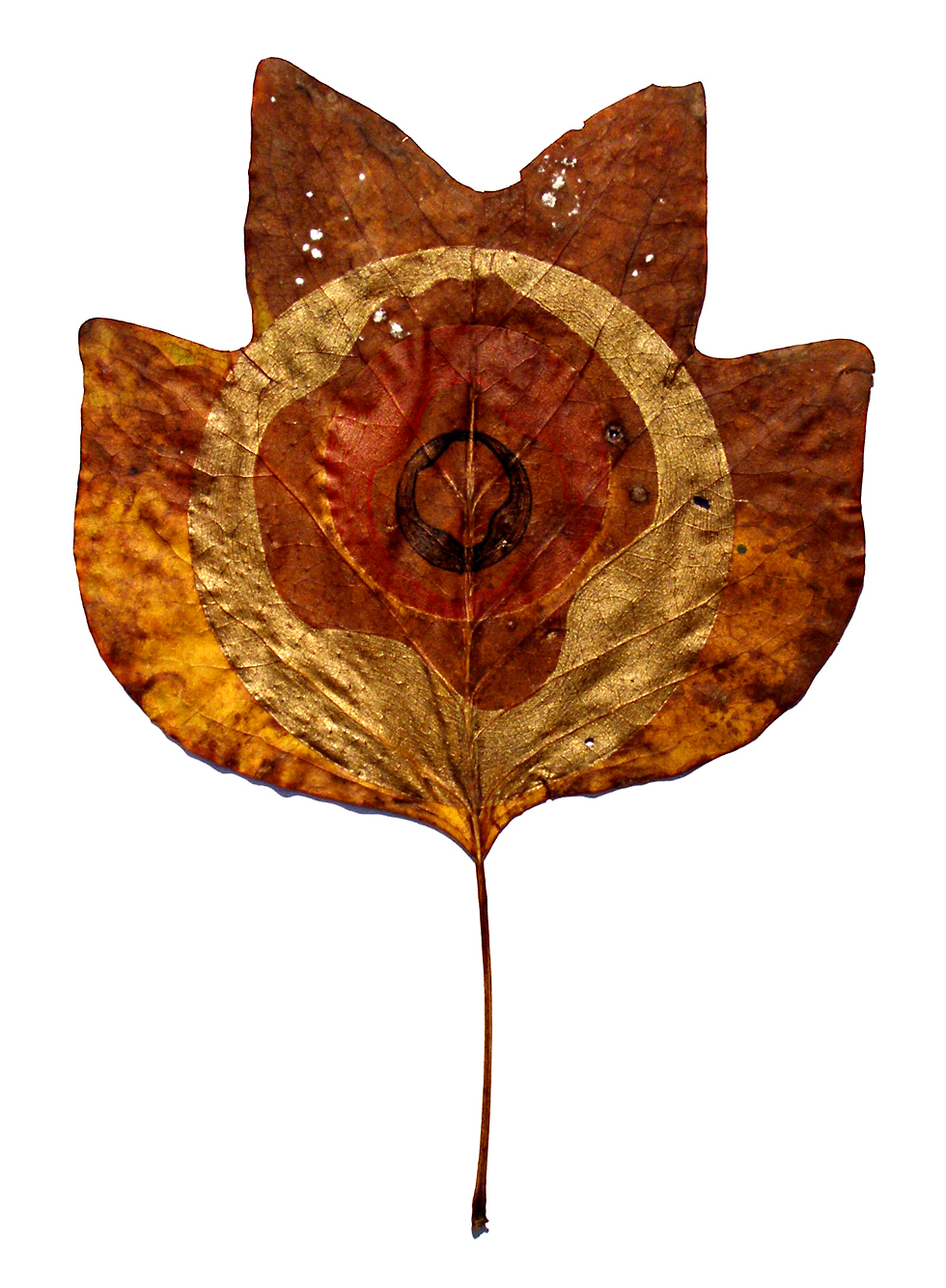magic
by Tanya Luhrmann

I am an anthropologist (and sometimes a psychologist) and what I do is figure out how people learn to experience what they have to imagine as real. Many years ago, as a young ethnographer beginning my dissertation research, I set out to study people who practiced magic in present-day Britain. Most of the people that I interviewed thought of themselves as worshiping an ancient goddess under the full and pendulous moon. For them the earth was alive, and they sought to feel its power pulsing beneath their feet. They thought of themselves as shamans, druids, witches, and warlocks, responsive to the subtle rhythms of the earth. Meanwhile, these magicians lived in the very modern city of London. They held modern jobs and had modern lives. But they imagined themselves into a time that they understood as not modern, with practices they sourced in ancient wisdom. To understand how they came to believe in magic, I joined their groups. I read their books and novels. I practiced their techniques and I participated in their rituals.
For the most part, the rituals depended on techniques of the imagination. You shut your eyes, and saw with your mind’s eye the story told by the leader of the group.
In the late afternoons, I practiced these techniques following the instructions I was given. Here is an example from one of my early lessons (with credit to one of my early teachers, Marian Greene), which I did, in some form, for thirty minutes a day for nine months:
Work through these exercises, practicing one of them for a few minutes each day, either before or after your meditation session.
1. Stand up and examine the room in which you are working. Turn a full circle, scanning the room. Now sit down, close the eyes and build the room in the imagination. Note where the memory or visualizing power fails. At the end of the exercise briefly re-examine the room and check your accuracy. Note the results in your diary.
2. Carefully visualize yourself leaving the room in which you are working, going for a short walk you know well, and returning to your room. Note clarity, breaks in concentration, etc, as you did before.
3. Go for an imaginary walk. An imaginary companion, human or animal, can accompany you. Always start and finish the walk in the room that you use for the exercises. Note the results, etc, as before.
4. Build up in your imagination a journey from your current physical plane home to your ideal room. Start the journey in real surrounds then gradually make the transition to the imaginary journey by any means you wish. Make the journey to and from the room until it is entirely familiar.
What startled me, as a young ethnographer, was that this training worked. At least, it seemed to shift something in the way I used my senses and my internal sensory awareness. After about a year of this kind of training, spending thirty minutes a day in an inner world structured in part by external instructions, my mental imagery did seem to become clearer. I thought that my images had sharper borders, greater solidity and more endurance. They had more detail. I felt that my senses were more alive, more alert. I began to feel that my states of concentration were deeper and more sharply different from those of my everyday experience. One morning, I woke early after an evening in which I had read a book by a magician. The book was about Arthurian Britain and the early Celtic isles. Reading late into the night, I had allowed myself to get deeply involved with the story, reading not the way I read a textbook but the way I read books like The Secret Garden as a child. I gave way to the story and allowed it to grip my feelings and to fill my mind. As I woke that next morning I saw six druids standing against the window, above the stirring London street below my window. I saw them and they beckoned to me.
I stared for a moment of stunned astonishment, and then I shot up out of bed. Before I could capture the moment again, they were gone. Had they been there in the flesh? I thought not. But my memory of the experience is still very clear. I do not remember that I had imagined them, or that I had wanted to see them, or that I had pretended to see them. I remember that I saw them as clearly and distinctly and as external to me as I saw the notebook in which I recorded the moment, my sentences underlined and marked by exclamation points. I remember it so clearly because it was so singular. Nothing like that had ever happened to me before.
But other people in the magical world had experiences like that. They practiced the exercises and read the books and participated in the rituals and then, out of the blue, they had seen something. They saw the Goddess, or a flash of light, or a shining vision of another world. They saw these as things in the world, not phantoms in the mind, although because the image vanished almost immediately, they knew that what they had seen was not ordinary. They said that their mental imagery had become sharper. They thought that their inner sense had become more alive.
That’s what the training does. It shifts attention from the external to the internal, and blurs the line we draw between the mind and the world. And, as I have argued in my scholarship and teaching, this shift alters the lines we draw. The mind bleeds into the world. Not predictably, and not on demand, and for some more than others, but when it happens, the senses experience what is not materially present.